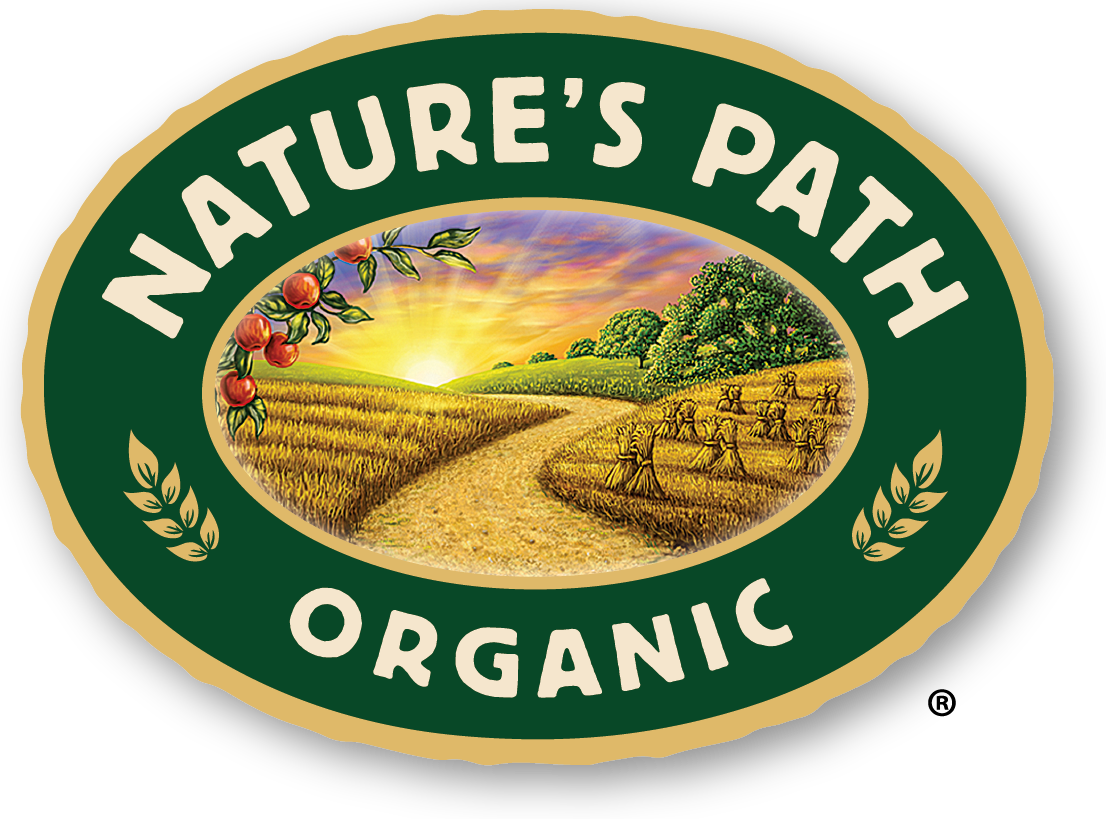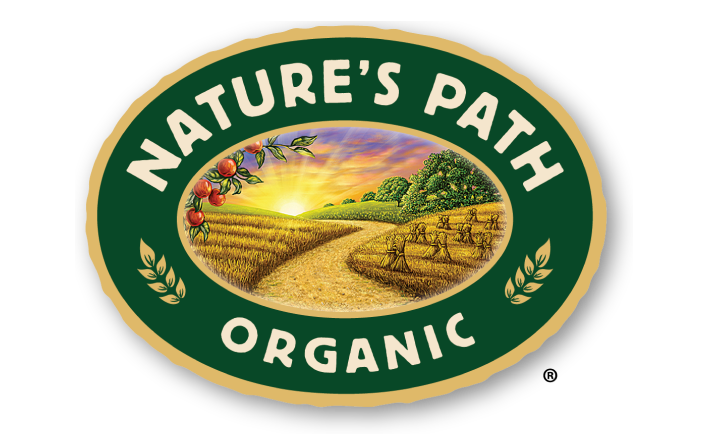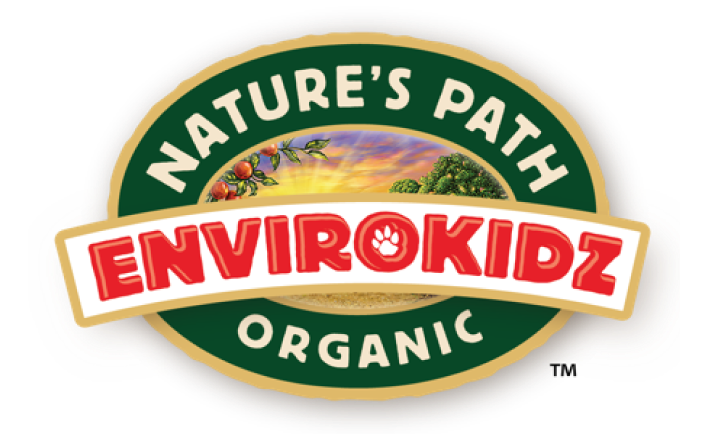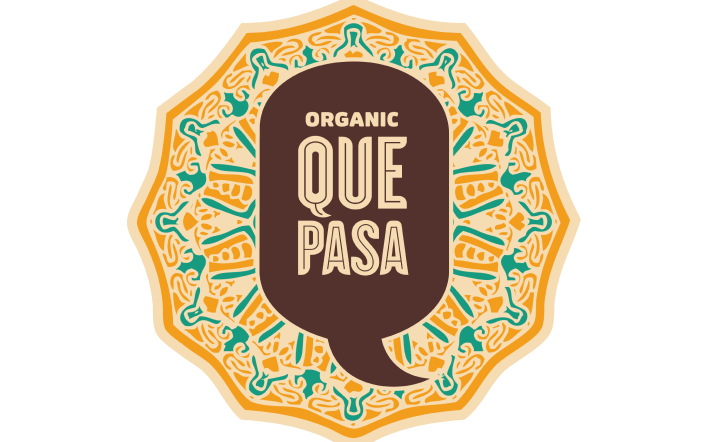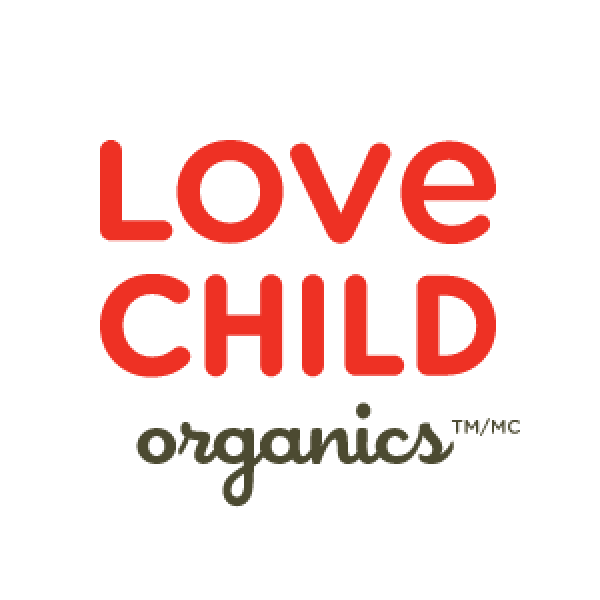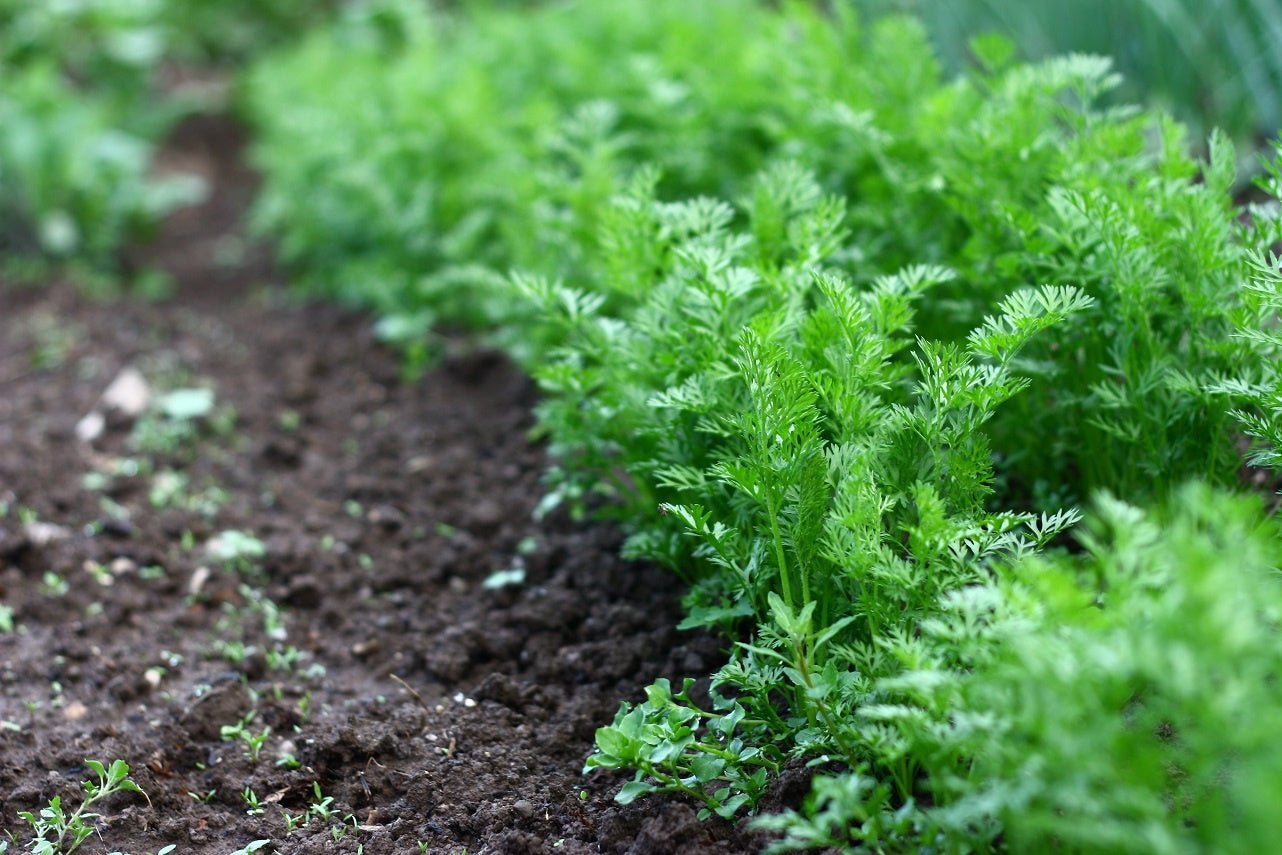
Our Soils are in Trouble and Organic Farming Can Help
Our soils are declining and the current stats don’t look good. It takes at least 100 years for one inch of topsoil to form, while conventional farming – the largest single driver of soil degradation – damages soil at depths of 1-3 feet. Even conservative estimates show that North American cropland is depleting soil at least 10 times faster than it can rebuild itself. If we continue our current rate of intensive, chemically dependent farming, we will no longer be able to grow enough food in order to feed ourselves.
n
Tags:
Our soils are declining and the current stats don’t look good. It takes at least 100 years for one inch of topsoil to form, while conventional farming – the largest single driver of soil degradation – damages soil at depths of 1-3 feet. Even conservative estimates show that North American cropland is depleting soil at least 10 times faster than it can rebuild itself. If we continue our current rate of intensive, chemically dependent farming, we will no longer be able to grow enough food in order to feed ourselves.
Soil Matters
Soil is so much more than just dirt. When thought of as a web of interactions rather than a quantifiable thing, healthy soil can be magical. It is capable of supporting a million organisms in one teaspoon, where fungal networks act as conduits (and communicators) between plants, where chemistry changes into nutrients that become your food. And that’s just the tip of the iceberg. Soil is so complex that scientists only understand a tiny fraction of how it works. In fact, many soil scientists refer to the ground beneath us as “inner space”, likening its mystery and complexity to that of outer space. Soil is also delicate. It is nowhere near as indifferent to the impacts of urban development, natural resource harvesting, and conventional farming, as its tough exterior may suggest. While some scientists put soil degradation in the same human-life-threatening category as climate change, it’s hard for those of us that aren’t soil scientists to see the causes and effects. Sure, we can mostly agree that clearcutting and surface mining damage the soil, but it’s not intuitive to place things like home construction or tilling in the same category.What is the State of our Soils?
In their 2015 report Status of the World’s Soil Resources, the FAO names erosion and carbon release as two of the most severe soil threats. Another report published in the journal Sustainability added loss of soil organic matter, minerals, and nutrients to that list. These disturbing trends signal danger not only for the environment, but they also predict less productive farmland, more expensive but less nutritious food, and – within the next century – less food, period. Farming is one of the primary contributors to soil degradation. Although it is an ancient practice, tilling harms the soil. Each time we turn soil – breaking up the framework of connections that billions of organisms have put carefully into place – we increase erosion, reduce organic matter, release carbon dioxide, and compromise the soil’s ability to do the job we need it to do - carry water and nutrients to our crops. Increasing the range and intensity of our tilling, as we have in the past 100 years, results in more and more negative impacts. “Tilling the soil”, states the USDA, “is the equivalent of an earthquake, hurricane, tornado, and forest fire occurring simultaneously to the world of soil organisms. Simply stated, tillage is bad for the soil.” Chemical fertilizer and pesticide applications (essential to conventional farming) add insult to injury, with pesticides further eradicating soil organisms and fertilizers leaving behind excess nutrients that become pollutants in nearby waterways. Farming systems that rely on intensive tilling and excessive chemical applications destroy the soil that feeds them.Eating Our Way Back to Healthy Soils
Soil health is the basic tenet of organic farming. When organic farmers choose to till, they balance the negative impacts with positive ones. Many organic farmers practice shallow tilling by working soil no deeper than 3-6 inches, minimizing the disruption. They incorporate plant, animal, and mineral based fertilizers that improve the texture and mineral content of the soil. Above all, they make an annual practice of replenishing the soil’s organic matter in the form of compost, manure or cover crops. Cover cropping – the practice of growing plants intended to be tilled back into the soil – is perhaps the most important soil-protecting technique used in organic farming. Not only does the organic matter they leave behind feed soil organisms, add nutrients, and increase the water-holding capacity of the soil, cover crops also prevent erosion. Most commonly used in winter, cover crops shelter and stabilize soils that would otherwise be exposed to the damaging forces of wind and water. While there are tradeoffs with any kind of farming, we are doing our future selves a favor by supporting farming practices that value soil health.Would you like to be the first to hear about our new products and more? Sign up for our Nature’s Path Newsletter.
